Within minutes of becoming a mom, I realized what dirty truly meant when my son’s blowout diaper leaked all over my arms and clothes. And as he gets older, the messes are evolving. From fishing toys out of the toilet, pulling blanket corners out of his mouth, and picking up the Lego landmine on the kitchen floor, cleaning after my son has become a daily chore.
A study by ASecureLife.com revealed a surprising analysis of everyday objects touched by kids aged newborn to four years old. The study found that strollers, pacifiers, and plush toys are the dirtiest kids’ items in a home, each hiding more germs than the average bathroom floor.
Yes, the germs that cause pink eye, whooping cough and pneumonia are present on the items your child uses every day.
To avoid letting those pathogenic germs get in contact with your kid, here’s a guide to cleaning children’s toys.
Cleaning 101
Before you begin decontaminating your kid’s stuff, note that there’s a key difference between cleaning, sanitizing, and disinfecting.
Cleaning involves wiping something clean of the visible mess—like food, dust or dirt—using soap and water.
Sanitizing happens after cleaning and involves using a chemical solution to kill the most dangerous germs. It’s generally used for surfaces that come in contact with food.
Disinfecting uses a chemical solution that is stronger and kills most germs. It’s best for nonporous surfaces.
Surfaces and toys frequently used by small hands should be cleaned often, but cleaning can expose children to harsh disinfectants. Chemical household disinfectants, like bleach, are hazardous to human health and the environment.
Instead of using those chemicals, try to look for alternatives. There are eco-friendly bleach alternatives approved by the Environmental Protection Agency that include less harmful, biodegradable ingredients. Essential oils, hydrogen peroxide, and vinegar are common ingredients because they contain antimicrobial solutions that can be effective disinfectants and sanitizers if labeled as such.
This doesn’t mean you should throw out antibacterial wipes. Instead, use them sparingly and strategically. You don’t need to use them daily, but maintain a regular cleaning schedule where you focus on sanitizing and disinfecting the most used areas of your home and baby items.
See Also: The Six Best All-Natural Cleaners for Your House
Here is a list of the five germiest children’s items and a guide for how and when to clean each one.
Stroller
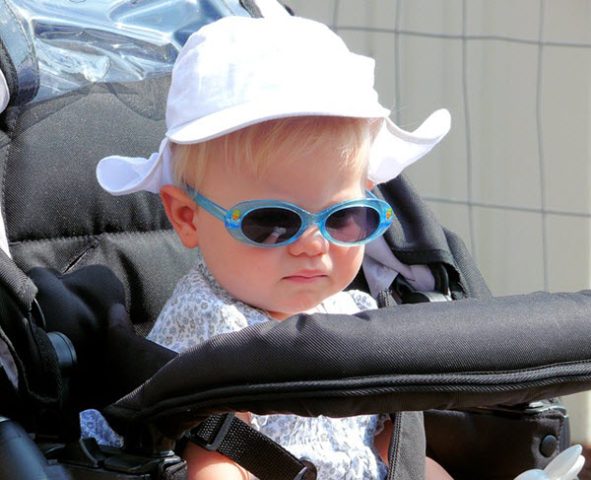
Your stroller is pushed across city streets, into public bathrooms, and through amusement parks. Then, when its filthy trek is complete, a stroller is stored in a car trunk or garage—hot, enclosed spaces that provide perfect conditions for germs to multiply.
Worst germ: Streptococcus, which can cause illnesses like strep throat, pink eye, and meningitis.
Quick clean: Turn the stroller on its side and give it a good shake to dump the crumbs. Then, use soap and water to clean the fabric seating area. Use a mild cleaning solution to wipe down the stroller’s handles, cup holder, and food tray.
Deep clean: Use soap and water to clean the remaining fabric areas, like the canopy and storage basket. Wipe down the frame using a mild cleaning solution and a damp cloth. Household cleaners, abrasives, solvents or strong detergents “can scratch, discolor, and weaken plastic or cause corrosion on metal surfaces,” according to stroller brand Britax.
Pacifier
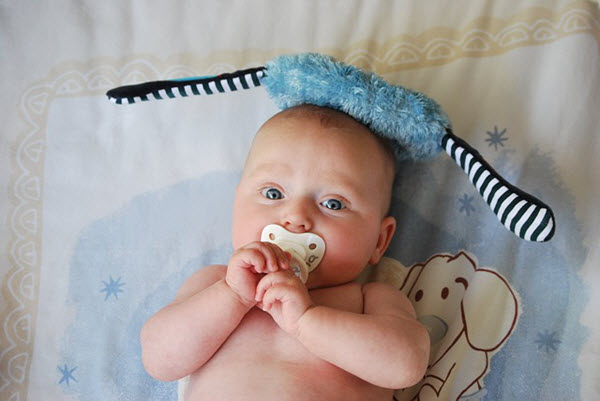
Pacifiers are a parents’ best friend and their worst nightmare. Though the sucking is a huge relief for babies, pacifiers quickly attract germs around them from being dropped on the floor, shoved in diaper bags and passed between hands.
Worst germ: E. coli, which can cause diarrhea, urinary tract infections, and even respiratory illness.
Quick clean: Generally, rinse off the pacifier or wash with soap and water.
Deep clean: Every few days, run it through a dishwasher cycle on the top rack or place it in a pot of boiling water for five minutes.
Plush Toy
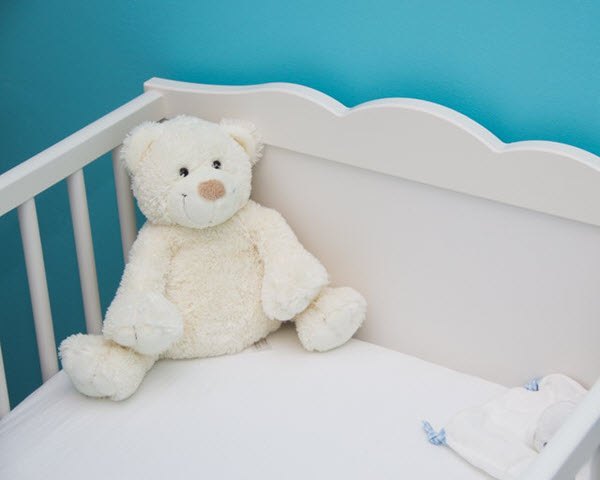
Toys get dragged across grocery store floors, left in the bathroom and covered in mucus and spit-up. The fur of a soft toy absorbs any liquid and germs it comes in contact with, making stuffed animals some of the most difficult children’s toys to properly clean.
Worst germ: Listeria, which can cause listeriosis in people with weakened immune systems.
Quick clean: Make a gentle, detergent-free solution and use with a damp washcloth to quickly clean surfaces of a soiled plush toy. For greasy or oily spots, put the stuffed animal in a plastic bag, sprinkle cornstarch liberally over the toy, shake the bag and let it sit for a few minutes. Finally, vacuum it clean.
Plush toy brand Douglas advises against cleaning stuffed toys with disinfectant wipes or cleaners that have alcohol as they can alter the toy’s coloring and leave behind an unhealthy residue.
Deep clean: Throw the stuffed animal in a laundry machine on a hot water cycle. Put the stuffed animal in a white pillow case before washing to prevent matting or losing the fur. Remain conservative with the soap and don’t use fabric softeners as too much cleaner will leave a residue on the toy. Afterward, sun dry to prevent the animal from losing its shape.
See Also: 7 Tips in Choosing Perfect Toys for Your Kids
Diaper Bag
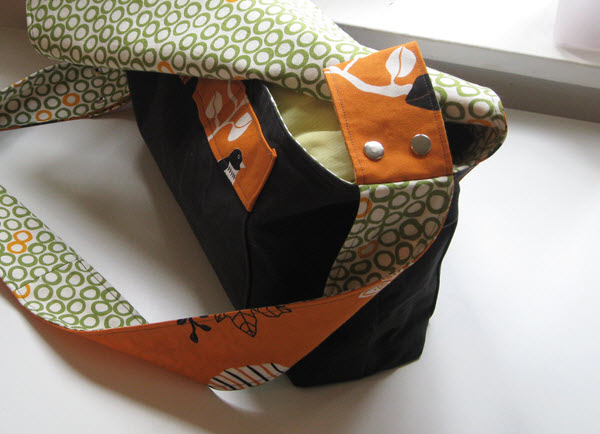
You’ve likely heard you should never place a purse on a kitchen counter because of the number of germs it carries on the bottom. Magnify that by 100 for a diaper bag. Diaper bags sit on changing tables, rest on floors and get shoved in strollers.
Worst germ: Pertussis, which can cause whooping cough.
Quick clean: Dump out any crumbs, then spot clean soiled spots with mild soap and water. Boogie Wipes—wipes made with saline to ease raw, runny noses — are great, gentle spot cleaners.
Deep clean: Follow the cleaning instructions on your diaper bag’s tag. Some diaper bags can be thrown into the washing machine by placing them in a pillowcase to avoid zippers and accessories from being ripped off. You can also wash them upside down so the bag won’t fill with water.
Other diaper bags can only be tended to with a cloth covered in soap and water. Dry the bag in the sun inside out to prevent the color from fading.
Board Book
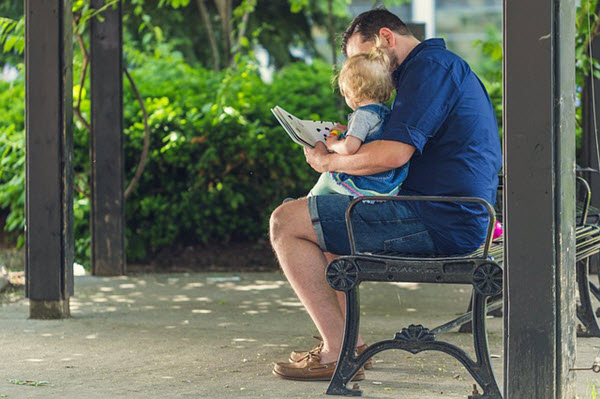
Board books are resilient to the aggressive play of toddlers. However, they’re not resistant to the germs that can grow on them as they get in contact with dirty mouths, hands, and floors.
Worst germ: Moraxella, which can cause sinusitis, ear infections or pneumonia.
Quick clean: Use a cloth lightly moistened with soap and water to clean any soiled spots.
Deep clean: Mix a cup of water to a ¼ cup vinegar and use the natural solution to rub down board books. Never scrub board books as this could rub away the page’s color. When cleaning board books, using less moisture is best as the pages will warp if they become too wet.
Prevention
As a general rule, you should clean toys that don’t go in a child’s mouth monthly. There are exceptions, though, where a children’s item should be cleaned immediately, according to Fisher-Price:
When soiled. If food has been spilled on it, get rid of the mess as soon as possible with a soapy water scrub.
Post-sickness. If your child is recovering from an illness, like flu, diarrhea or a cold, disinfect any item that came in contact with your child during their sickness.
Post-play date. You never know what sickness or bacteria other children are carrying, so disinfect the toys that another child played with, especially if they put it in their mouth.
Although it may seem obvious, prevention is a caregiver’s first line of defense. Frequent hand washing for you and your kids is a good first step.
While it’s impossible to completely avoid germs, being aware of what you should regularly clean can help keep your child safe and healthy. Use this list to focus on the germiest objects your child comes in contact with and be sure to regularly clean your child’s other toys throughout your home.
The post Easy Cleaning Hacks For The 5 Dirtiest Kids’ Items In Your House appeared first on Dumb Little Man.
from
https://www.dumblittleman.com/cleaning-childrens-toys/

No comments:
Post a Comment